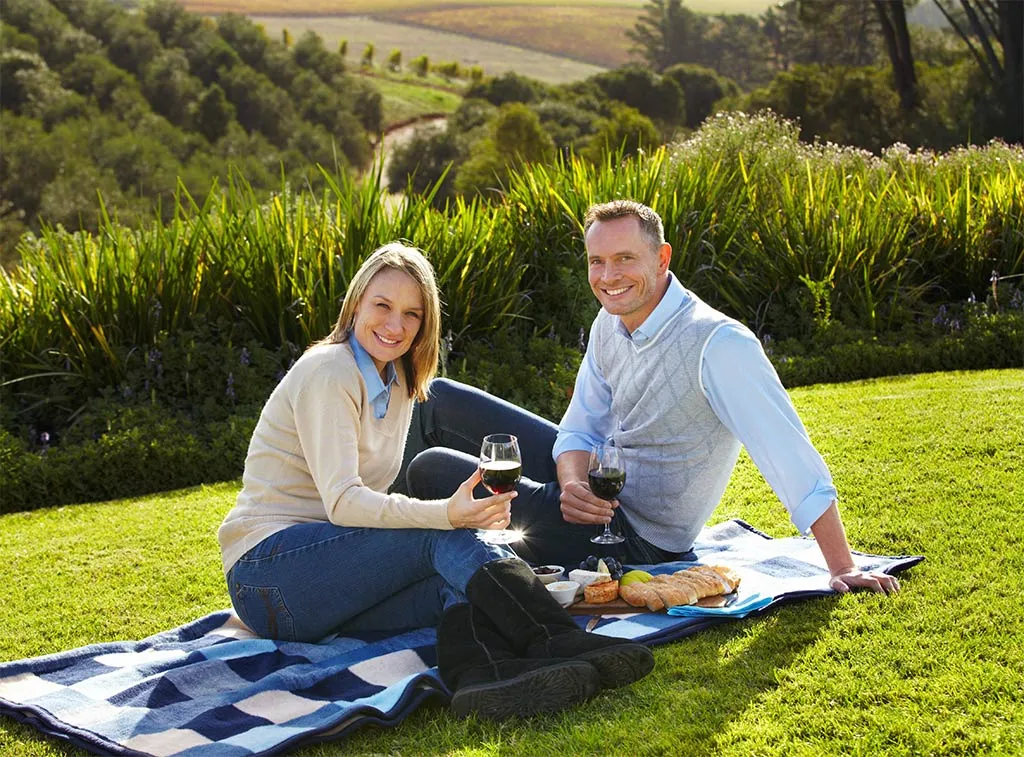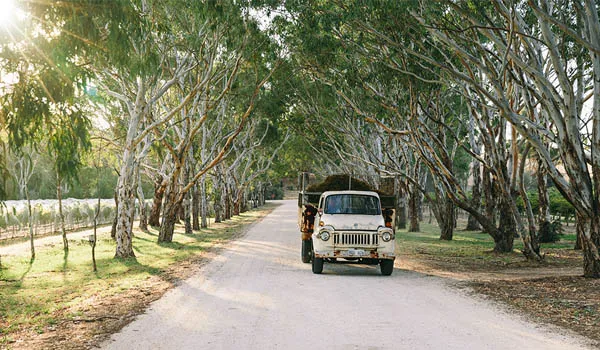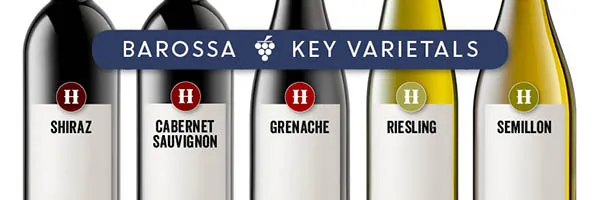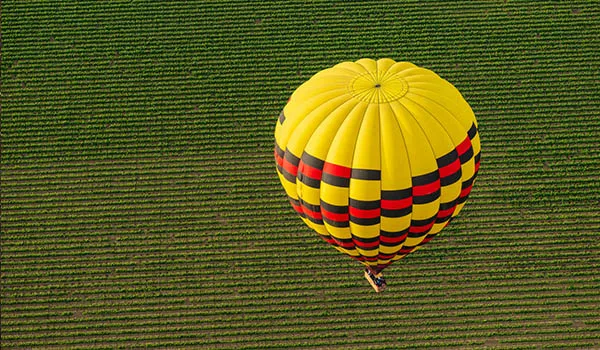The Barossa
This renowned wine area showcases a vibrant history, proudly presented, along with some of the world’s oldest-producing vineyards
About Barossa, South Australia
The Barossa, located in South Australia just over an hour’s drive from Adelaide, is one of the world’s most celebrated wine regions and a must-visit destination for anyone exploring Barossa wine tours. Best known for its bold and full-bodied Shiraz, the Barossa is also home to a rich cultural history shaped by early German settlers who brought with them not only viticultural expertise but also food traditions, architecture, and a strong sense of community. With its rolling vineyards, stone cottages, and historic towns like Tanunda, Nuriootpa, and Angaston, the region offers a unique blend of old-world charm and modern Australian winemaking.
At the heart of the Barossa Valley is its wine culture. The region boasts some of the oldest continuously producing vines in the world, with some dating back to the mid-1800s. In addition to Shiraz, the Barossa produces excellent Grenache, Cabernet Sauvignon, and Mataro (Mourvèdre), while the cooler Eden Valley, a sub-region, is renowned for its crisp Rieslings and elegant Chardonnays. Visitors can explore over 150 wineries and cellar doors, ranging from globally recognized names like Penfolds and Jacob’s Creek to small, family-run estates offering intimate tastings and boutique wines.
Beyond wine, the Barossa is a food lover’s paradise. Artisan bakers, cheesemakers, and small-scale producers create everything from traditional German-style breads and meats to gourmet chocolates and preserves. The Barossa Farmers Market, held weekly in Angaston, showcases the region’s best local produce. The region also plays host to vibrant festivals like the Barossa Vintage Festival, a celebration of harvest season filled with parades, tastings, and cultural events that reflect the area’s deep agricultural roots.
Surrounded by scenic countryside, dotted with gum trees and vineyard rows that change color with the seasons, the Barossa offers not only exceptional wine and food, but also a tranquil escape into South Australia wine tours. Whether you’re a wine enthusiast, a history buff, or simply looking to relax and explore, the Barossa welcomes visitors with open arms and a glass of something special.

wines and ancient vines
Barossa Valley Wineries
Barossa Valley wine tours are popular for good reason. The region has a wine legacy that spans nearly 180 years and includes some of the best wineries in Barossa Valley, including legendary names like Henschke and Seppeltsfield. You’ll discover eucalyptus groves beside twisted old vines, charming Lutheran churches next to bluestone cottages, and sixth-generation winemakers continuing to innovate while respecting heritage.

Barossa isn’t just a single location but a label encompassing various subregions such as Tanunda and Eden Valley. This diversity contributes to the area’s complexity, reflected in the variety of terroirs and wine styles on offer.
The Barossa’s wine history
Best Wineries in Barossa Valley
The roots of Barossa tours run deep. The British gentry and Lutheran immigrants both played significant roles in founding vineyards that today produce award-winning wines. Vines planted as early as 1842 continue to thrive, supported by the Barossa’s Old Vine Charter, a unique initiative aimed at preserving low-yielding, dry-farmed heritage vines.
A standout tradition is the release of Seppeltsfield’s 100-Year-Old Para Liqueur, a truly one-of-a-kind tasting experience often included in Barossa Valley tour packages. Such experiences highlight why a Barossa Valley day trip offers more than just wine tasting—it’s a journey through history.
Climate and Soils in the Barossa
The Barossa experiences a Mediterranean climate—low rainfall, high sunlight, and dry conditions—perfect for ripening red grapes. While temperatures here are only slightly warmer than Bordeaux, the diverse soils range from clay loam to sandy loam, creating ideal conditions for bold, flavorful wines.
Leading Barossa wine styles
Barossa Valley Wines
Barossa Valley wines span more than 40 distinct grape varieties, yet only a handful of favorites account for 97 percent of the region’s plantings. Out of that total, over 75 percent are types of red wine — making it the heart of many iconic Barossa wine tours.

Shiraz
Barossa is the birthplace of Australian shiraz, so it’s not surprising that this grape is popular among local vintners. The Barossa has refined the skill of cultivating shiraz over many years, as it has been grown in the region for over a hundred years. James Halliday states: “The wines are rich, smooth and expansive, with tastes ranging from black cherry to blackberry, the tannins are mature and gentle.” This variety is featured in nearly every Barossa Valley tour package and is often the highlight at the best wineries in Barossa Valley.
Cabernet sauvignon
James states that Barossa cabernet sauvignon “thrives optimally in cooler locations and during moderately cool years.” Although Barossa cabernet doesn’t hold the same fame as the region’s shiraz, this variety still shines in the characteristic Barossa Valley style, showcasing deep black fruits, frequent French oak influence, and a structure well-suited for aging. Many Barossa Valley wine tours include special tastings of this underrated classic.
Grenache
The initial grenache cuttings arrived from France in 1844, thanks to Dr. Christopher Rawson Penfold. Since that time, Barossa winemakers have adopted grenache for its capacity to generate abundant yields in warm climates, and it is praised in both varietal wines and blends. You’ll find this in many Barossa Valley boutique wineries, often with stories tied to local heritage and vineyard history.
Semillon
Chardonnay
Riesling
A generous fruit flavor is a hallmark of Barossa Valley riesling. It should be emphasized, though, that the larger regional designation “Barossa” includes the Eden Valley, making the details on the back label crucial for certain top rieslings from Australia that bear this name. A favorite among enthusiasts booking wine tours from Adelaide, especially those with a taste for crisp whites.
Things to do in the barossa
While wine tours from Adelaide are a top attraction, the Barossa offers much more. Take in panoramic vineyard views from Mengler’s Hill Lookout, explore artisan goods at the Barossa Farmers Market, or float over the region in a hot air balloon.
For independent travelers, consider the Barossa Valley hop on hop off bus for a flexible wine experience. And if you’re planning your route, a Barossa Valley winery map can help you find hidden gems, including Barossa Valley boutique wineries not found on every itinerary.

Whether you’re sipping tawny at Seppeltsfield, swirling Shiraz at Penfolds, or discovering boutique treasures with the help of a Barossa Valley winery map, Barossa wine tours are an unforgettable way to immerse yourself in South Australia’s rich wine culture. From Adelaide to Barossa Valley, every stop offers a taste of history, craftsmanship, and warm hospitality—proving there’s more to Barossa than just good wine (though there’s plenty of that, too).
